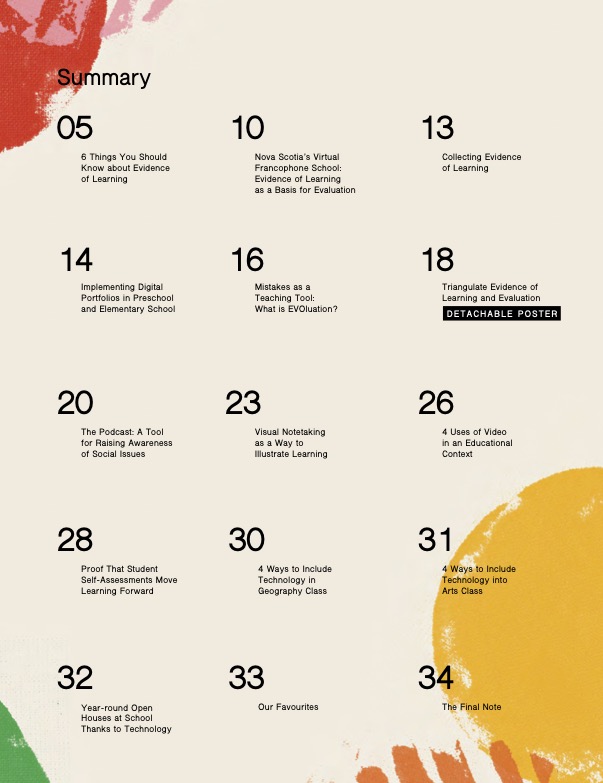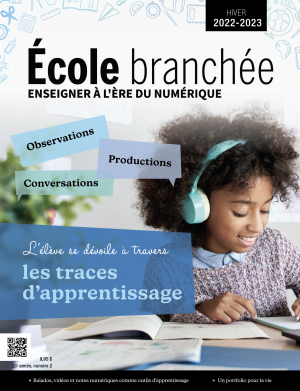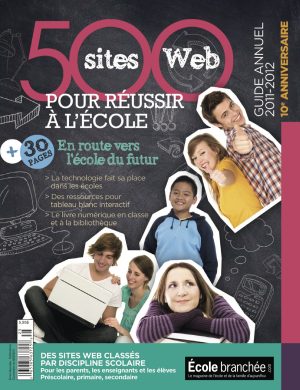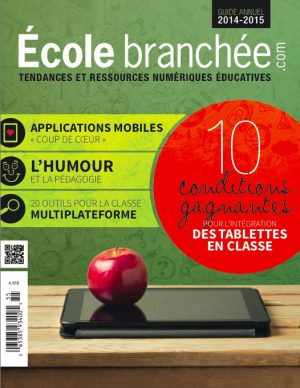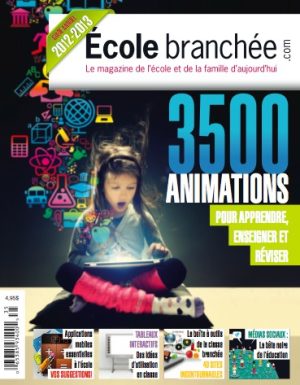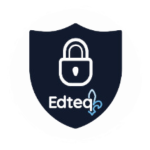Description
Students Reveal Their True Nature With Evidence of Learning
Voici l’édition d’hiver 2022-2023 du magazine EngagED Learning!
2e année, numéro 2.
32 pages couleurs, plus couverts
SOMMAIRE
- 6 Things You Should Know about Evidence of Learning
- Nova Scotia’s Virtual Francophone School: Evidence of Learning as a Basis for Evaluation
- Collecting Evidence of Learning
- Implementing Digital Portfolios in Preschool and Elementary School
- Mistakes as a Teaching Tool: What is EVOluation?
- Triangulate Evidence of Learning and Evaluation
- The Podcast: A Tool for Raising Awareness of Social Issues
- Visual Notetaking as a Way to Illustrate Learning
- 4 Uses of Video in an Educational Context
- Proof That Student Self-Assessments Move Learning Forward
- 4 Ways to Include Technology in Geography Class
- 4 Ways to Include Technology into Arts Class
- Year-round Open Houses at School Thanks to Technology
- Our Favourites (Apps and Websites)
- The Final Mark




